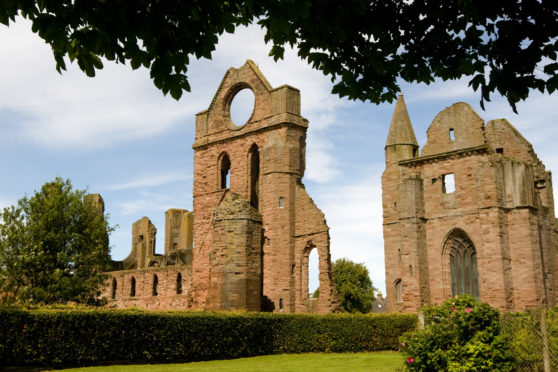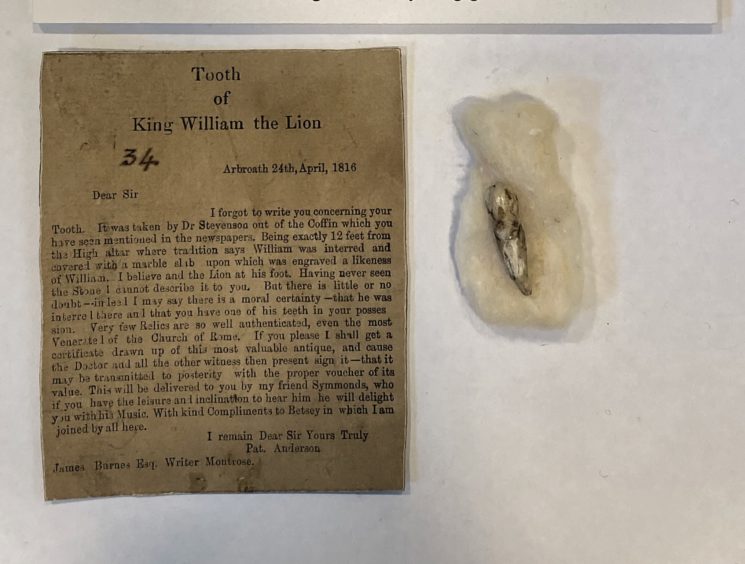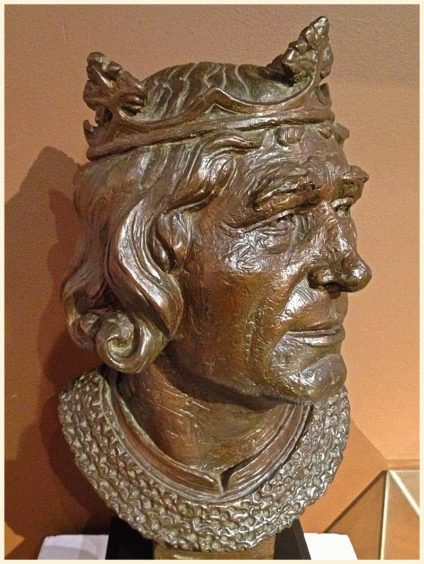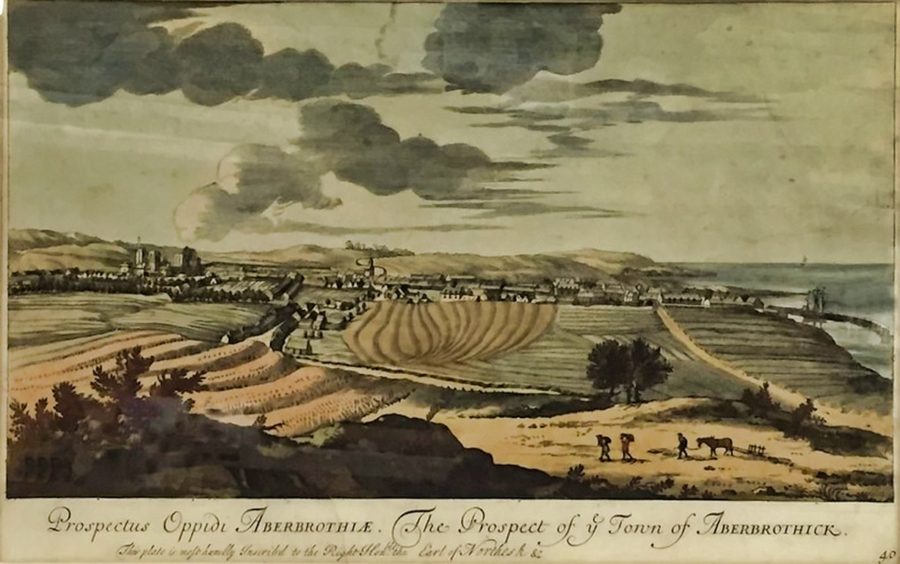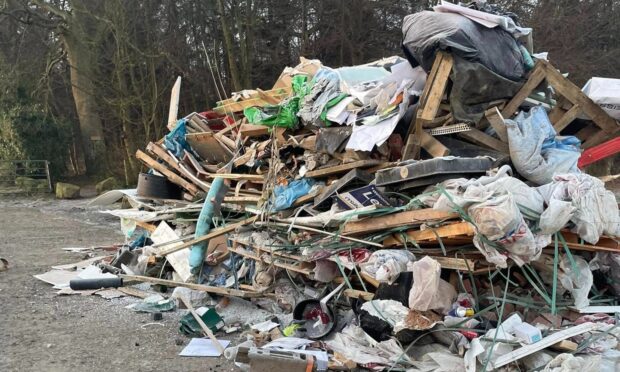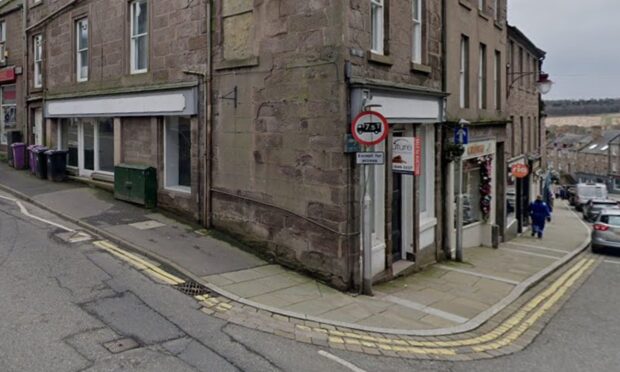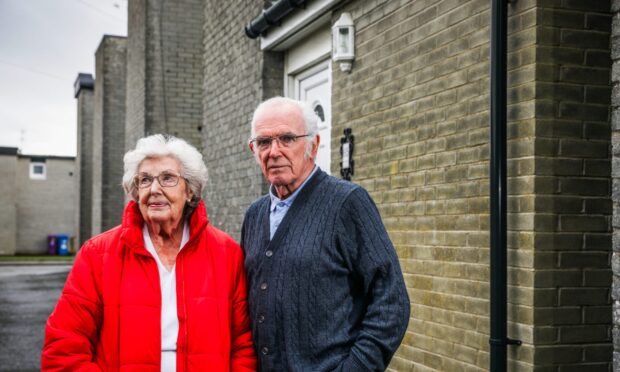The tooth of a lion is to go on virtual display in a global showcase of artefacts to help make up for the lockdown disappointment of Arbroath’s biggest week in seven centuries being called off.
Plans to mark the 700th anniversary of the Declaration of Arbroath with a series of events were left in tatters by the coronavirus pandemic, but Angus museum chiefs have drawn together an online exhibition linked to the ancient document and the Angus town.
They include the gruesomely fascinating tooth of Arbroath Abbey founder King William the Lion, reputedly extracted from the monarch’s corpse which was laid near the high altar of the red sandstone landmark.
A letter dated April 1816 was written to authenticate the unusual item, reportedly taken by a Dr Stevenson from the site where William was interred following his death in Stirling more than 600 years earlier.
Angus Alive museums exhibitions lead Rachel Jackson said: “The Arbroath 2020 festival, including the Angus place partnership exhibition within Arbroath Library has been postponed to 2021 when the celebration of the landmark national day will have dual significance as we all remember this difficult time.
“Social media gives us a great opportunity to connect with people about the rich heritage of Angus and learn about this period of history through some of our unusual objects that we researched during the preparations for the heritage exhibition now taking place in 2021.”
The Facebook and Instagram exhibition’s featured objects have also included a fine bronze of Robert the Bruce from the Angus collections, said to be modelled by the artist from a cast of the skull of the king.
The sculptor was Charles d’Orville Pilkington Jackson, also well known for creating the large iconic equestrian statue of Bruce at the site of the Battle of Bannockburn.
An Abbey link to the town’s first harbour, built in 1394 and known as the Abbot’s Harbour after its founder Abbot John Geddy is also detailed in the display.
Weekend web visitors being offered the opportunity to show their own collections as the museums team show china ware made popular by the Victorians and Edwardians who liked taking home a souvenir depicting the abbey they had visited.
